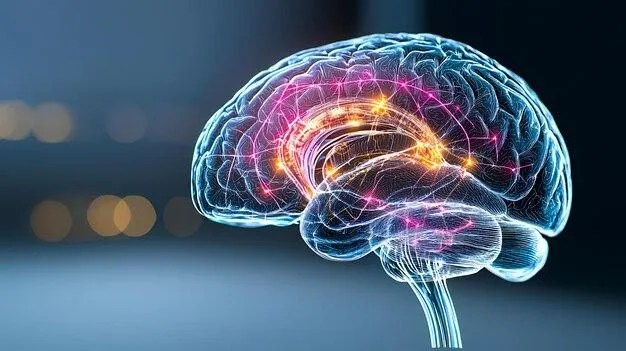
The Science of NLP: How Neuro-Linguistic Programming Rewires Your Brain
Neuro-Linguistic Programming, or NLP, is more than just a buzzword in self-development circles. It’s a powerful toolbox rooted in psychology and brain science, designed to help you reprogram your mind for better results. But how does NLP actually work in the brain?
Let’s dive into the science—and learn how NLP can help you think better, feel stronger, and act with more confidence.
1. What is NLP, Really?
NLP was developed in the 1970s by Richard Bandler and John Grinder, who studied successful therapists and communicators. The idea? If we can decode the thought and language patterns of successful people, we can teach those patterns to others.
It’s about how you think—not just what you think.
2. The Brain’s Plasticity: How It Rewires Itself
The brain is "plastic," meaning it can change its structure and function based on experiences. When you engage in NLP practices—such as anchoring, reframing, or visualizations—you activate new neural pathways. Over time, this creates new default patterns for how you perceive the world and react to it.
🧬 Neuroscience Insight: Studies show that repetitive thoughts can strengthen neural circuits. NLP helps replace negative loops with empowering ones.
3. Rewiring Thought Patterns
One of NLP’s strengths is its ability to interrupt limiting beliefs and replace them with positive scripts.
Example:
Instead of “I always mess things up,” NLP techniques can reframe your inner talk to “Every experience is a chance to grow and improve.”
This rewiring isn’t just mental—it can shift your mood, behavior, and physical posture.
4. Language is the Key
Your words shape your reality.
NLP emphasizes how internal and external language influences the subconscious. By consciously changing phrases (“I can’t” to “I choose not to”), you communicate with your brain in ways that support confidence and growth.
5. Anchoring Positive States
Anchoring is an NLP technique that links a physical trigger (like tapping your fingers) with a positive emotional state. Over time, your brain associates the two—so that simple touch can instantly bring back confidence, joy, or calmness.
🧠 Brain Fact: The brain loves shortcuts. Anchors work like emotional buttons you can press on demand.
6. Real-Life Applications
Public Speaking: Reframe anxiety into excitement.
Health Goals: Replace cravings with empowering alternatives.
Relationships: Break reactive patterns and communicate better.
Business: Use mental imagery to visualize success and lead with purpose.
7. Combining NLP with Hypnotherapy
At Tranceformation Station, NLP is often combined with hypnotherapy. This allows access to both the conscious and subconscious mind—where long-lasting change happens. Hypnosis helps embed the new patterns NLP introduces.
Final Thoughts
NLP offers a framework to understand how your thoughts and language shape your life. And the most exciting part? You don’t have to wait for change to happen—you can create it.
Ready to rewire your brain for success?
Book a session with one of our certified NLP Coaches today and experience transformation from the inside out.